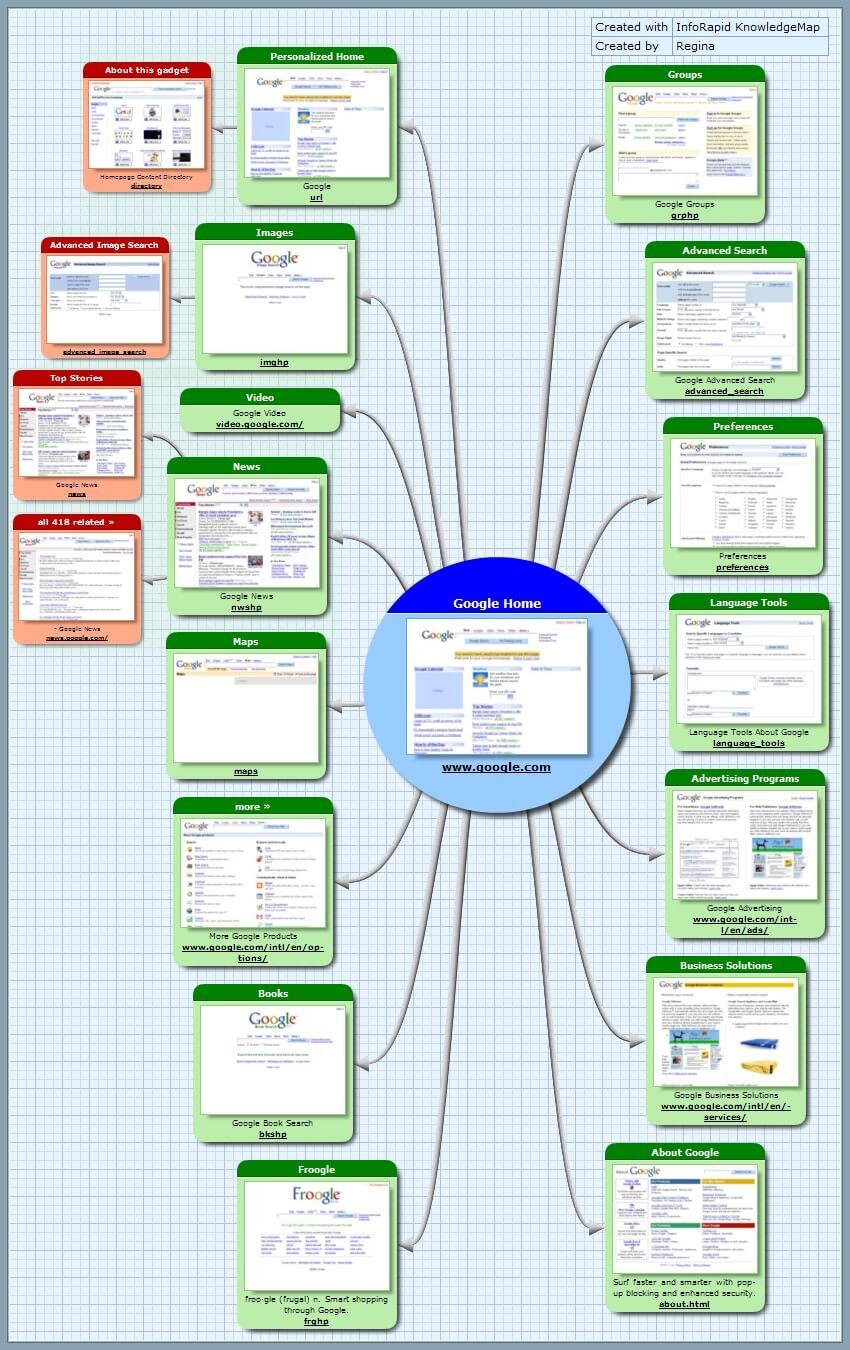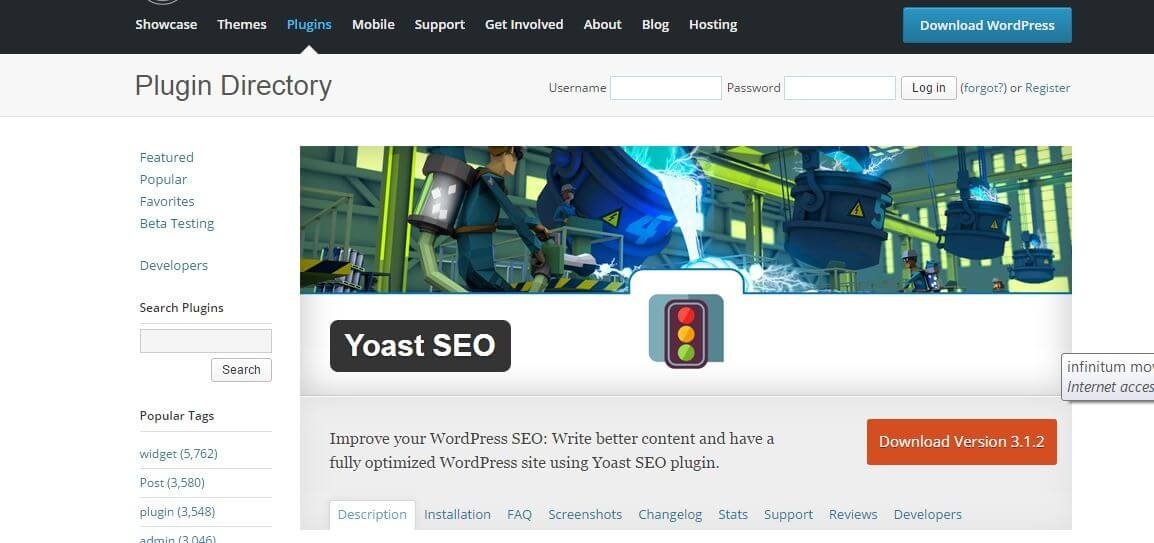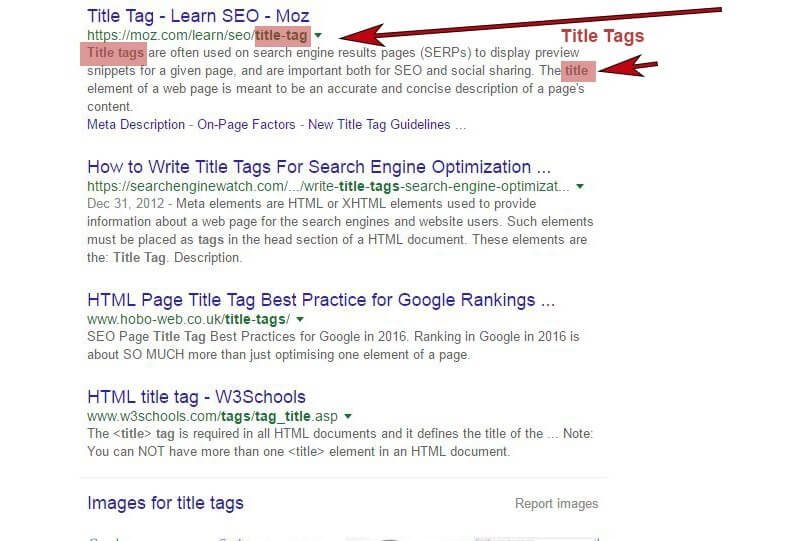The million dollar question in the wide world of digital marketing is
“How do I get my website seen?
“What is the point of having a website if I can’t get people to visit?”
“How do I get people to read what I have to say?”
The key answer to all of these questions lies in optimization. That’s right! Optimizing your website can start to bring in more traffic, which in turn brings you more sales and more of a budget for better SEO tasks. But is optimization hard? Not really, but it can be a bit time consuming. However the 10 simple tricks we talk about here can help optimize your website fast.
What’s the Sense in All of It?
Think of it like this. What sense does having a beautiful theme and a killer portfolio if you don’t have a search engine optimized website? Google, Yahoo and Bing don’t really care all that much about your pretty photos and gorgeous web design. Let me emphasize again:
The Search Engines don’t really care about your Beautiful Design. They care about a lot of other things that they consider to be much more important before the design. Now some SEO specialists will argue with me on this point, so let me go back and explain.
Design is important, but unless you have a whole lot of other features and characteristics on your website, the search engines won’t do doodle squat to get your website to list in the directories.
What Do the Search Engines Care About?
Simple it’s alt tags, file names, keywords and content that blows their mind. And don’t think you can get by with just a really good design, misunderstanding what the search engines want can put you out of business quickly.
It’s all in the Search Engine Optimization (SEO)
SEO is the process or tasks involved in improving the volume or quality of traffic to websites, when this traffic comes from search engines like Google, Yahoo and Bing. This is organic traffic, meaning it’s un-paid search listings in the search engines.
Basically, the website that appears higher or earlier in the search result of a search engine is more likely to receive more visitors. SEO is the process of getting a page or website into this higher position so it can receive more attention, therefore more clicks.
These are the 10 tips we think that webmasters often overlook, but which can do incredible things for a website’s ranking.
1. Include a Keyword in the Title Tag
The title tag is the web pages headline and a flag for Google. It tells Google what your page’s topic is about. Ideally you want to include the keyword in the title tag but also the Title of the page – and do so in such a compelling way that you get your reader’s attention quickly. For example if you were ranking for Vacations in Miami, your title tag might be something like
- Vacations in Miami: 5 things You Need to Know Before You Skip Out of Town
- Miami Vacations: The Trip You’ll Never Forget
2. Content
Optimization is only really effective when you use high quality and unique content. This content needs to contain keywords that highlight the topic of the post and which benefit the website when ranked under any of these keywords. Use keywords wisely because written content should still be written primarily for your audience.
3. Backlinks
Many webmasters ignore the importance of backlinks thinking that these are unnecessary. The truth is they are an important factor in getting a higher position in the search engines, but they are hard to get. That’s probably why many webmasters ignore this task.
The best way to get links from other websites to yours is to ask for links, or to offer a service in exchange for a link. You can offer to write blogs for other websites, offer a newsletter or other service they might need. Another good way to get links is to post links to your website to social media platforms and to link your own website pages to each other.
4. Add Names to Your Image Files
Google also ranks images providing they named correctly. So instead of leaving an image file name as DSC93567.jpg place keywords in the name. Dentist Association in Miami.jpg. This offers better optimization for search engine ranking. You also want to use short permalinks that include keywords when you optimize the website images. So instead of a link like: http://yourwebsite.com/page-id?495, you want to change this to something like http://yourwebsite.com/dental-association-miami.jpg
5. Search Optimized Themes
The more code you have on a website, the more stuff Google and the other search engines need to wade through to find your relevant content. So when choosing a theme make sure the code is optimized. Fast performing themes help your Google ranking.
6. Create an XML Sitemap
Whether you work off of WordPress or HTML5, you need an XML sitemap. If you are a WordPress user then your in luck, as you don’t have to be too techie and can download a plugin that creates an XML sitemap automatically for you. Google also has some tools that do this for you: Website Optimizer and Webmaster Central.

7. Emphasize Keywords and Special Phrases
Use H1 to H6 subtitles, as these emphasize keywords and subtitles. You can also bold a few keywords within the content and even indent some of the words. Just be careful! Make sure it looks good, but don’t overdo the bolding.

8. Avoid the Black Hat Techniques
Don’t try to trick Google, it always finds out. When you mirror or use black hat techniques you will be punished.
9. Avoid the Flash
Flash is invisible to search engines, so you want to avoid it whenever possible.
10. SEO Plugins for WordPress

I love WordPress. So if you’ve decided to use a WordPress theme then you want to install an SEO plugin like Yoast SEO or wpSEO. These plugins can help optimize your website automatically. It is perfect for both beginner and advanced users.
Bottom Line
My list can go on but these are the basic ten tricks you can use to optimize your website and get it to list faster in the search engines. However, keep in mind that there are over 200 different criteria that Google uses to determine ranking. These include age of domain, duplicate content, meta-description and tags.





Thanks for these great tips!